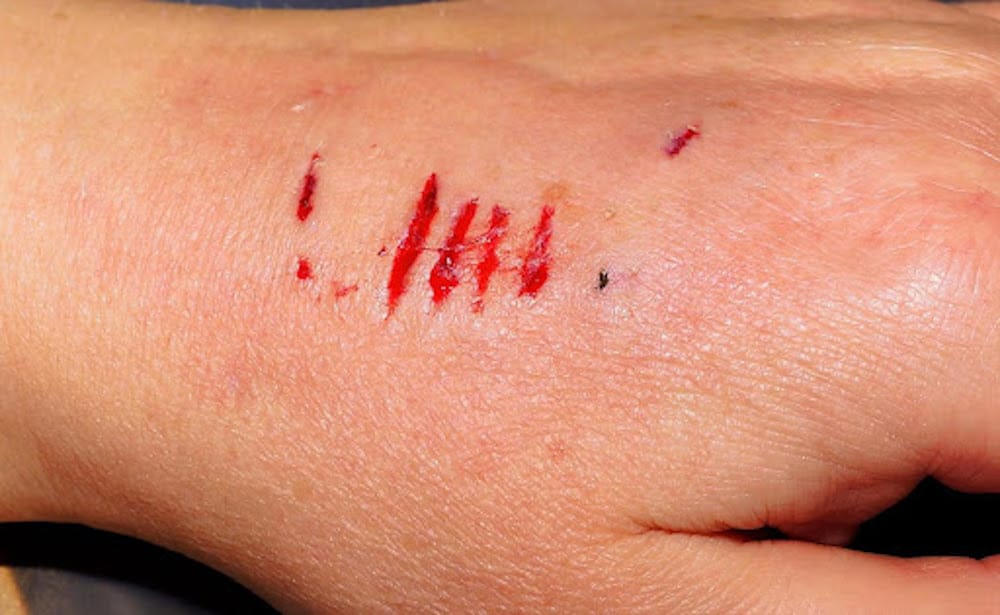Table of Contents
An animal attack on you or a loved one was never on your to-do list. Yet, as many as millions in the U.S. each year become victims of animal attacks. Fortunately, many people escape the experience with minimal or no long-term scars.
Whether you or a loved one recently survived an animal attack, the sooner you learn how to clean a bite wound, the better. The sooner you care for the damage, the sooner you’ll likely see a doctor and reduce your chances of complications.
We’ve composed this short guide to walk you through what you need to know about cleaning a bite wound as fast as possible. Keep reading to learn more.
Essential Supplies Needed to Treat a Bite Wound
You will need essential supplies such as antiseptic wipes, gauze, and tape to clean a bite wound properly, as well as hydrogen peroxide and antibiotic ointment. Start by rinsing the wound with cool water for several minutes.
If the wound is still bleeding, press clean gauze against it for 10-15 minutes to help stop the bleeding from the bite marks. Then, use antiseptic wipes to clean the wound gently.
Pour some hydrogen peroxide over the wound to help disinfect it and clear any remaining dirt.
Treat With Antiseptic
To treat a bite wound with antiseptic, thoroughly wash your hands with soap and water before beginning. Wipe the bite wound with a cotton ball soaked in rubbing alcohol, and apply a generous amount of antibiotic ointment to the impacted area.
Once the wound is clean and dry, cover it with a sterile bandage. Changing the bandage twice daily and applying a new coat of antibiotic ointment each time is best.
Consider an Anti-tetanus Shot
When cleaning a bite wound, you should always consider a tetanus shot. Tetanus is a severe disease that can cause potentially life-threatening effects, so knowing how to clean a wound and reduce the risk of tetanus is essential.
Protect the Wound With a Bandage
Place the adhesive side of the bandage over the wound and press firmly to provide a secure hold. If using regular applications, use sterile tweezers to pull the edges of the wound together before applying the tape.
Apply petroleum jelly or ointment to the area before applying the bandage to cushion the wound and help reduce pain.
Possible Complications After Cleaning the Bite Wound
Possible complications after cleaning the bite wound include infection, increased pain, and fever.
If left untreated, an infection can spread and can be very serious. Keeping the wound clean and covered is the best way to prevent disease. After the injury heals, monitoring the area for residual infection is essential.
Proper wound care and monitoring are essential to prevent further injury and complications. Make sure to have a certification in first-aid from a reputable source to make sure you’ll know what you will do next if an animal bites someone. Learn more information here.
Properly Clean the Bite Wound
Overall, it is essential to remember that cleaning a wound is extremely important in preventing infection. Begin by washing your hands, then carefully clean and cover the damage.
Seek medical attention for further management and injury care. Following this quick guide will help ensure that the bite wound is clean and free of any risk of infection. So if you have a bite wound, remember to take the time to clean and protect it adequately.
For more relevant information, check out the rest of our site!


